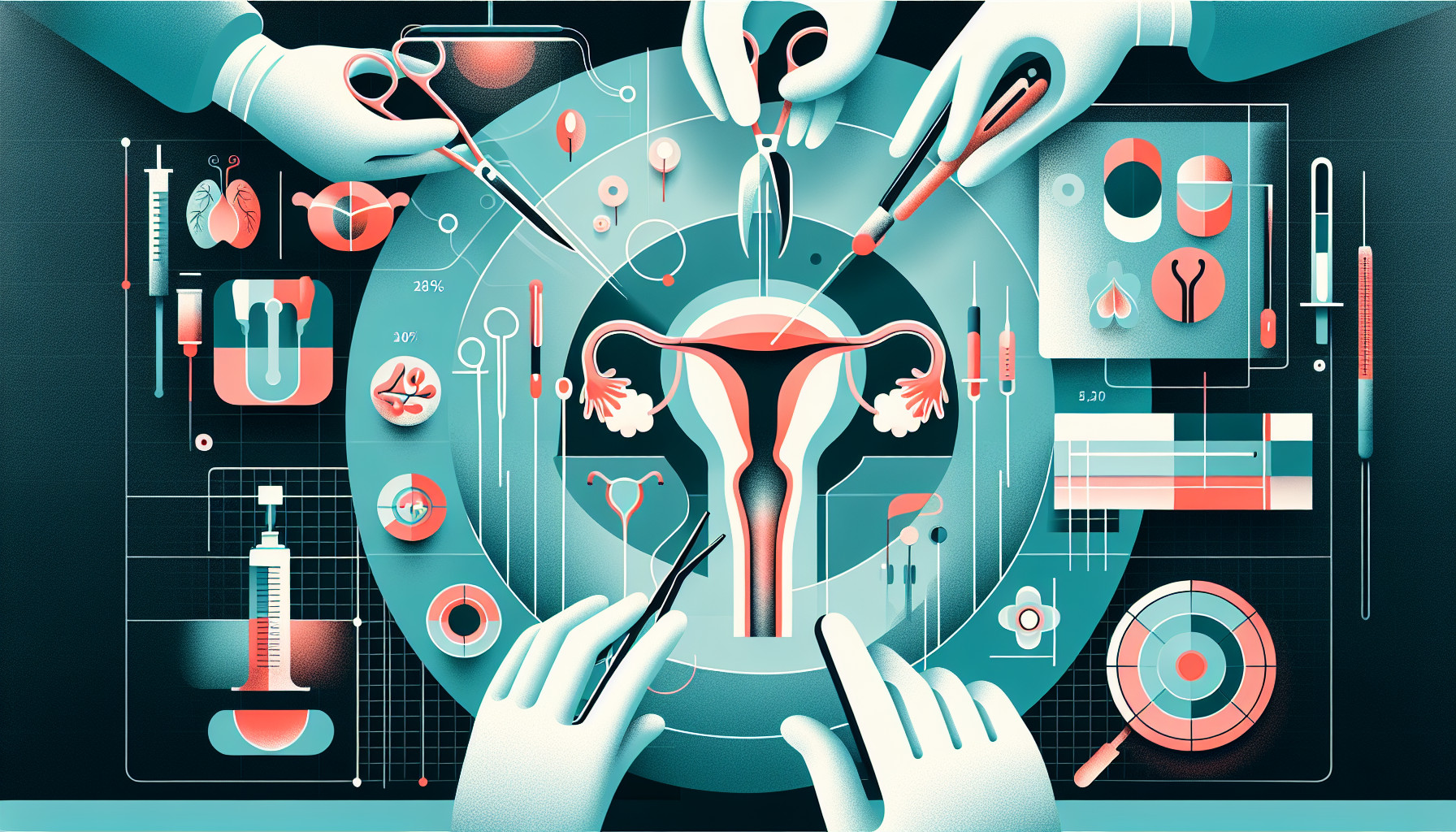Our Summary
The study looks at the effectiveness and potential complications of using a graft from the tongue (lingual mucosal graft or LMG) to repair a narrowed urethra (urethral stricture). A narrowed urethra can cause issues with urination. The researchers compared the use of LMG to another common technique that uses a graft from the inside of the cheek (buccal mucosal graft or BMG).
They collected and analyzed data from twenty different studies, and found that the LMG technique has been successful in treating urethral strictures ranging from 1.5 to 16.5 cm. They also found that there were fewer complications related to the mouth with the LMG technique compared to the BMG technique.
The data analysis included six studies that compared the two techniques directly, involving a total of 365 patients. The results suggest that the LMG technique is slightly more successful and has fewer oral complications.
Therefore, the researchers conclude that the LMG technique could be a preferred choice for treating urethral strictures. Any complications in the mouth from the graft are usually temporary and not too bothersome, and they depend mostly on the size of the graft.
FAQs
- What is the lingual mucosal graft (LMG) technique for treating urethral strictures?
- How does the LMG technique compare to the buccal mucosal graft (BMG) technique in terms of success and complications?
- What factors influence the potential complications in the mouth from the graft in the LMG technique?
Doctor’s Tip
A doctor might tell a patient undergoing urethroplasty with a lingual mucosal graft that this technique has been shown to be successful in treating urethral strictures with fewer complications compared to using a graft from the inside of the cheek. Complications related to the mouth with the lingual mucosal graft are usually temporary and not too bothersome. It is important to follow post-operative care instructions closely to ensure a successful recovery.
Suitable For
Patients who are typically recommended for urethroplasty using a lingual mucosal graft (LMG) include those with urethral strictures ranging from 1.5 to 16.5 cm in length. These patients may be experiencing difficulty with urination due to the narrowed urethra. Additionally, patients who may benefit from the LMG technique are those who have had complications with other grafting techniques, such as the buccal mucosal graft (BMG).
Overall, patients recommended for urethroplasty using LMG are those who require surgical intervention to repair a urethral stricture and have had unsuccessful outcomes with other techniques. The LMG technique may offer a higher success rate and fewer complications compared to other grafting techniques, making it a preferred choice for certain patients.
Timeline
Before urethroplasty, a patient may experience symptoms of a narrowed urethra, such as difficulty urinating, frequent urinary tract infections, and pain during urination. They may undergo various diagnostic tests to confirm the diagnosis, such as a urethral ultrasound or cystoscopy.
After undergoing urethroplasty with a lingual mucosal graft, the patient will likely experience some discomfort and swelling in the mouth for a few days. They will need to follow post-operative care instructions, such as avoiding certain foods and maintaining good oral hygiene. The patient will also need to follow up with their healthcare provider for monitoring and follow-up appointments to ensure proper healing and assess the success of the procedure. Overall, the patient should experience improved urinary function and a reduction in symptoms related to the urethral stricture.
What to Ask Your Doctor
- What is urethroplasty and why is it necessary for treating urethral strictures?
- What are the potential risks and complications associated with urethroplasty using a lingual mucosal graft (LMG)?
- How does the success rate of urethroplasty using LMG compare to other techniques, such as buccal mucosal graft (BMG)?
- What is the recovery process like after undergoing urethroplasty with LMG?
- Are there any long-term effects or considerations to keep in mind after undergoing urethroplasty with LMG?
- How experienced are you in performing urethroplasty with LMG, and what is your success rate with this technique?
- Are there any specific instructions or precautions I should follow before and after the procedure?
- How will I know if the procedure was successful, and what signs or symptoms should I watch out for post-operation?
- Are there any alternative treatments or techniques available for treating urethral strictures?
- Can you provide me with more information on the potential benefits of using LMG for urethroplasty compared to other techniques?
Reference
Authors: Abrate A, Gregori A, Simonato A. Journal: Asian J Urol. 2019 Jul;6(3):230-241. doi: 10.1016/j.ajur.2019.01.001. Epub 2019 Jan 9. PMID: 31297314
